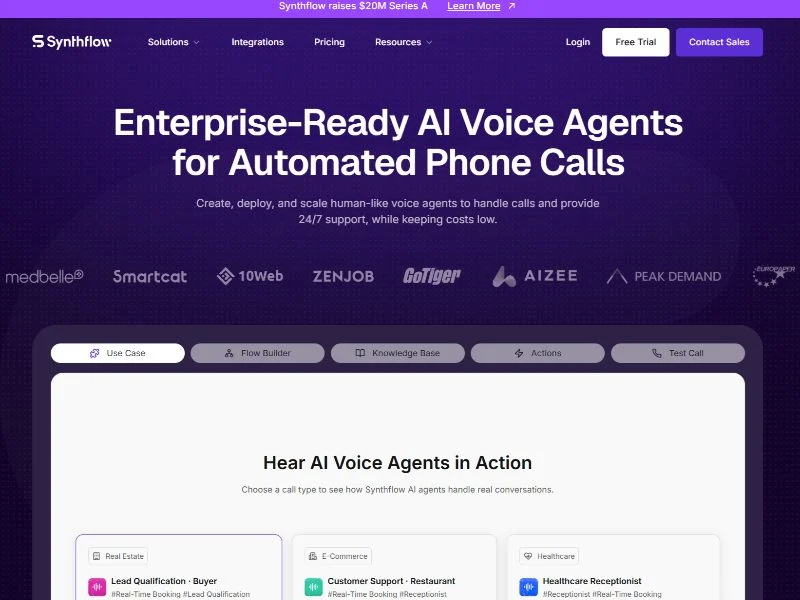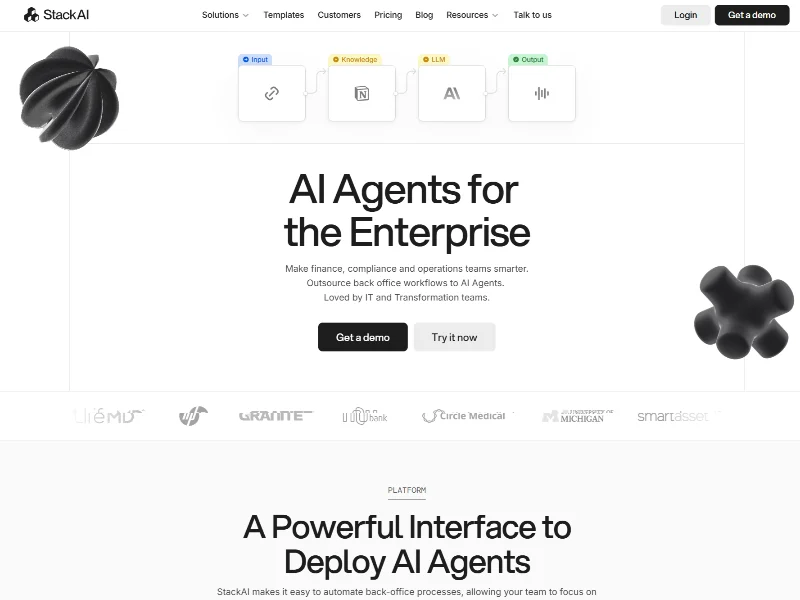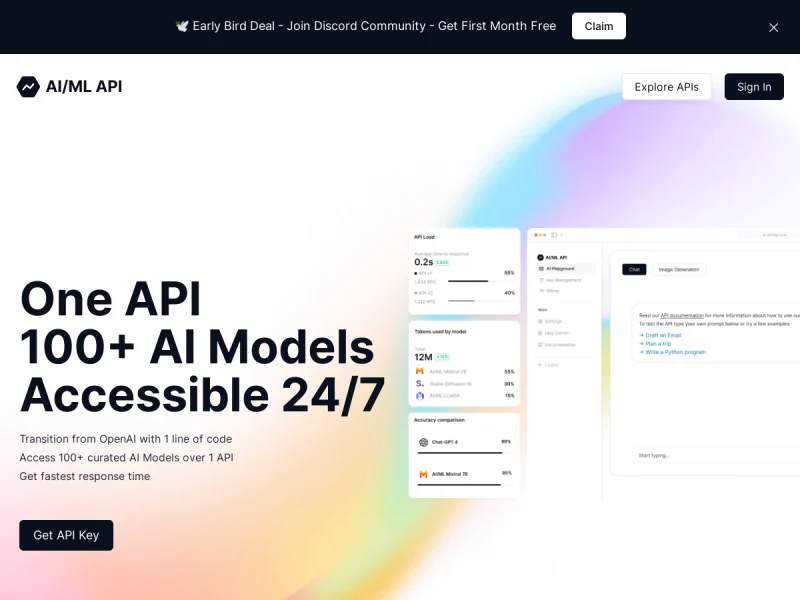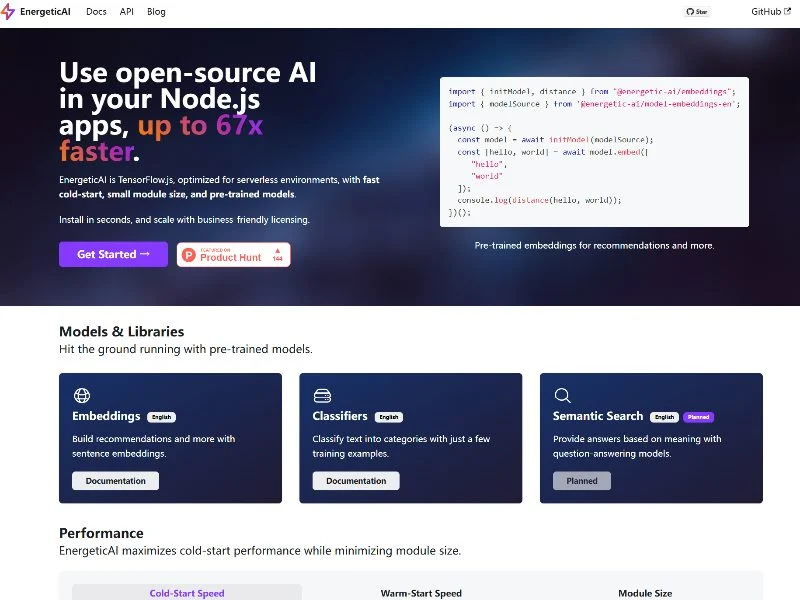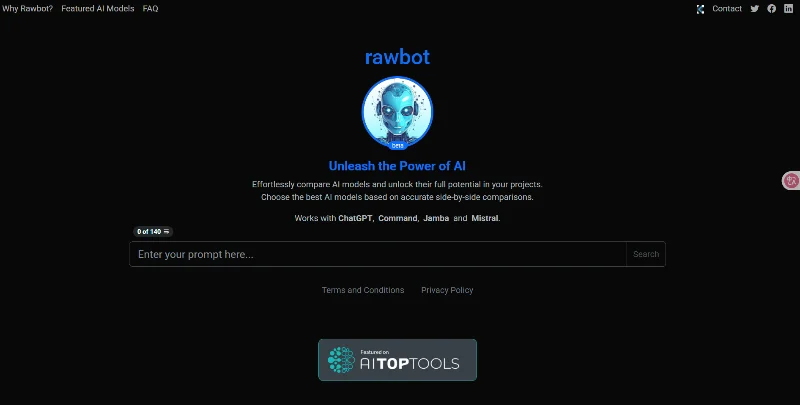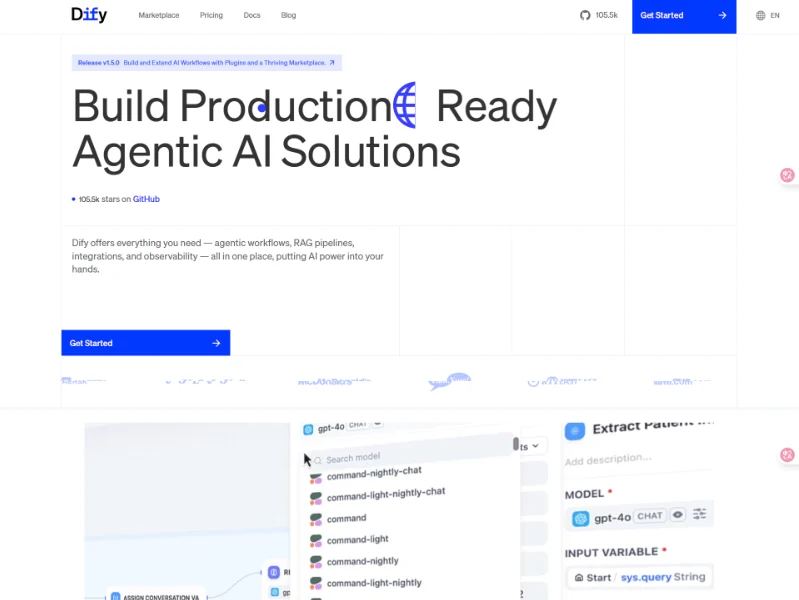Synthflow is an innovative AI data synthesis platform designed to streamline the process of creating high-quality synthetic data for training machine learning models. Launched with a Series A funding of $20 million, Synthflow has quickly gained traction for its ability to generate diverse, realistic datasets that mimic real-world scenarios. Whether you’re working on computer vision, natural language processing, or any other AI domain, Synthflow offers a seamless solution to overcome the limitations of traditional data acquisition methods.
1. Intuitive User Interface
One of the standout features of Synthflow is its user-friendly interface. The platform boasts a clean, intuitive design that caters to both AI novices and seasoned professionals. With minimal learning curve, users can quickly navigate through the platform, creating and managing synthetic data projects with ease.
2. Advanced Data Synthesis Capabilities
Synthflow leverages cutting-edge algorithms to generate synthetic data that is indistinguishable from real-world data. The platform supports a wide range of data types, including images, videos, text, and more. Users can customize the synthesis process to create datasets tailored to their specific needs, ensuring that the synthetic data perfectly aligns with the real-world applications they intend to serve.
3. Seamless Integrations
Synthflow excels in its ability to integrate seamlessly with popular AI tools and platforms. Whether you’re using TensorFlow, PyTorch, or any other machine learning framework, Synthflow offers straightforward integration options that streamline the workflow. This compatibility ensures that synthetic data can be easily incorporated into existing AI pipelines, minimizing disruption and maximizing efficiency.
4. Scalability and Flexibility
The platform’s scalability is another key advantage. Synthflow can handle large-scale data synthesis tasks with ease, generating millions of synthetic data points in a fraction of the time it would take using traditional methods. Additionally, the platform’s flexibility allows users to adjust parameters on-the-fly, enabling rapid iteration and optimization of synthetic datasets.
Report abuse
Report abuse
Featured listings
More from this user
You may also like...


